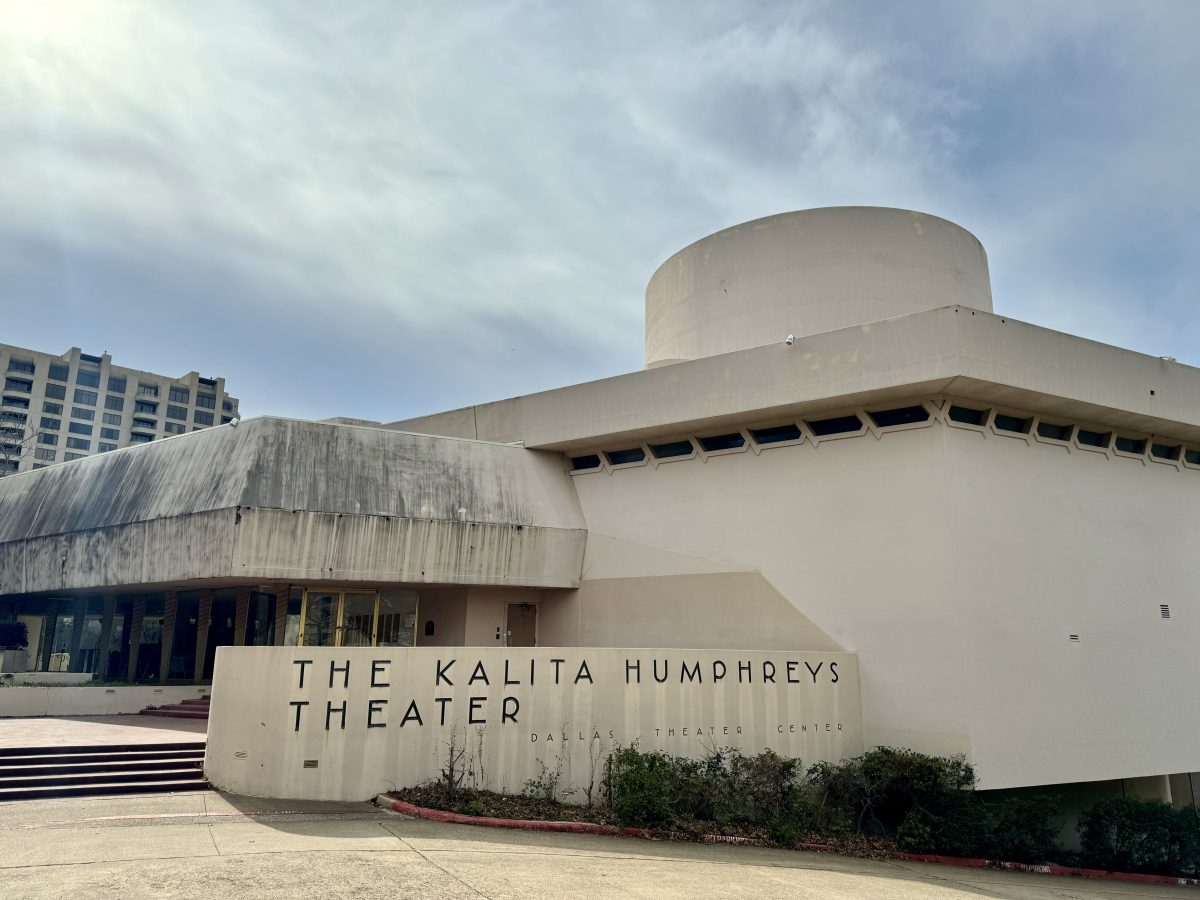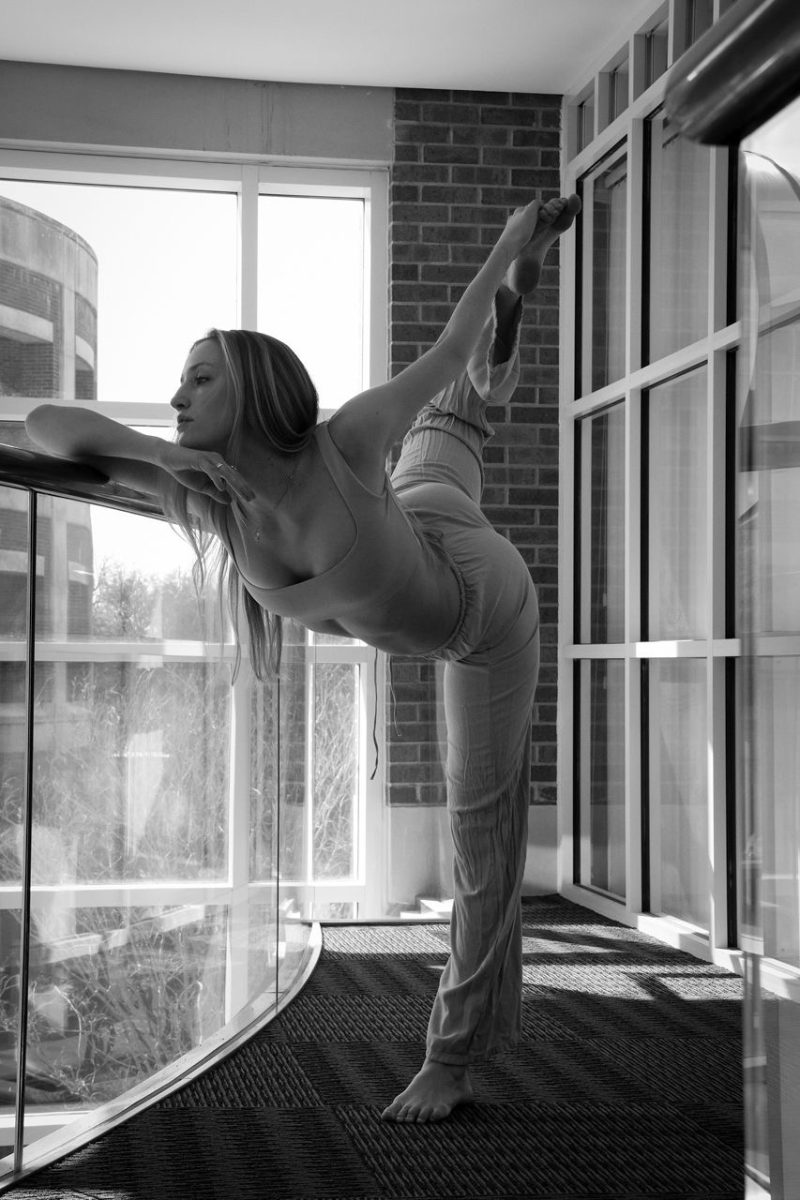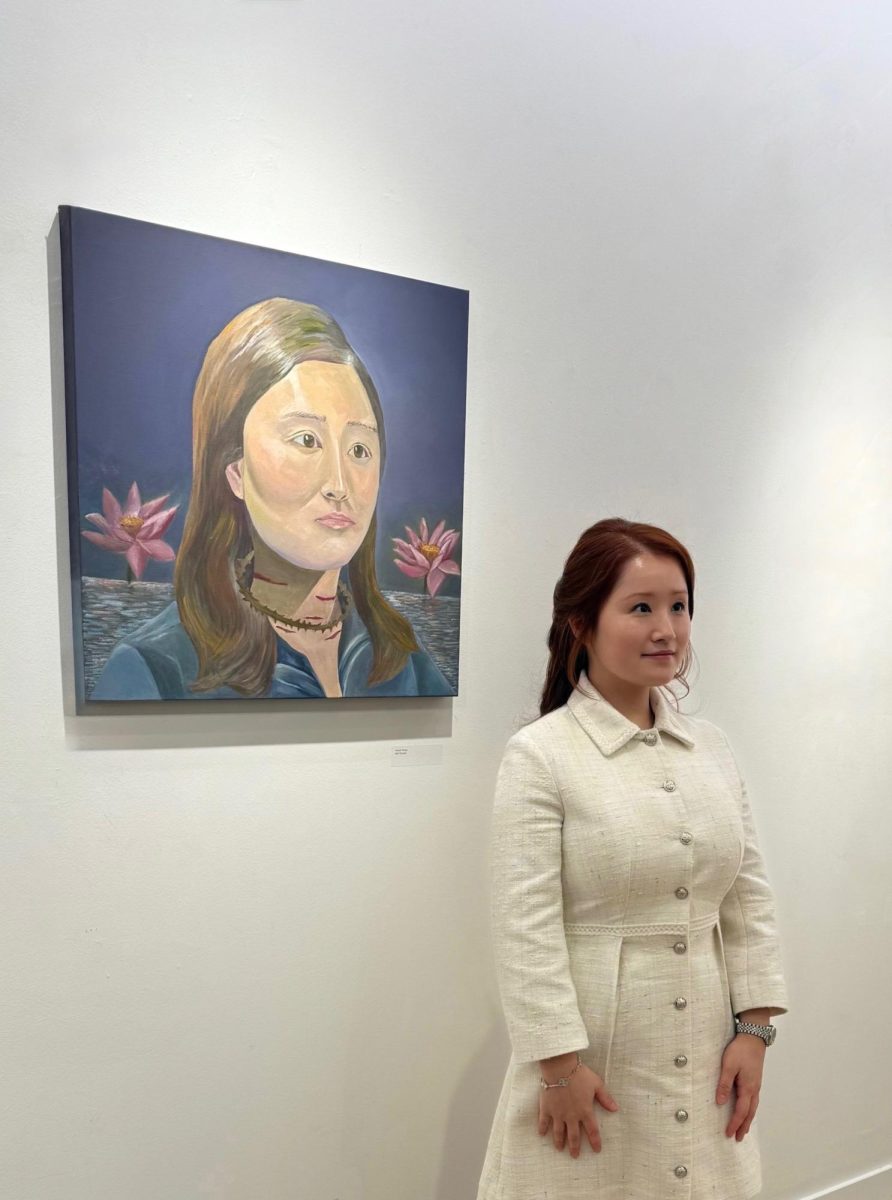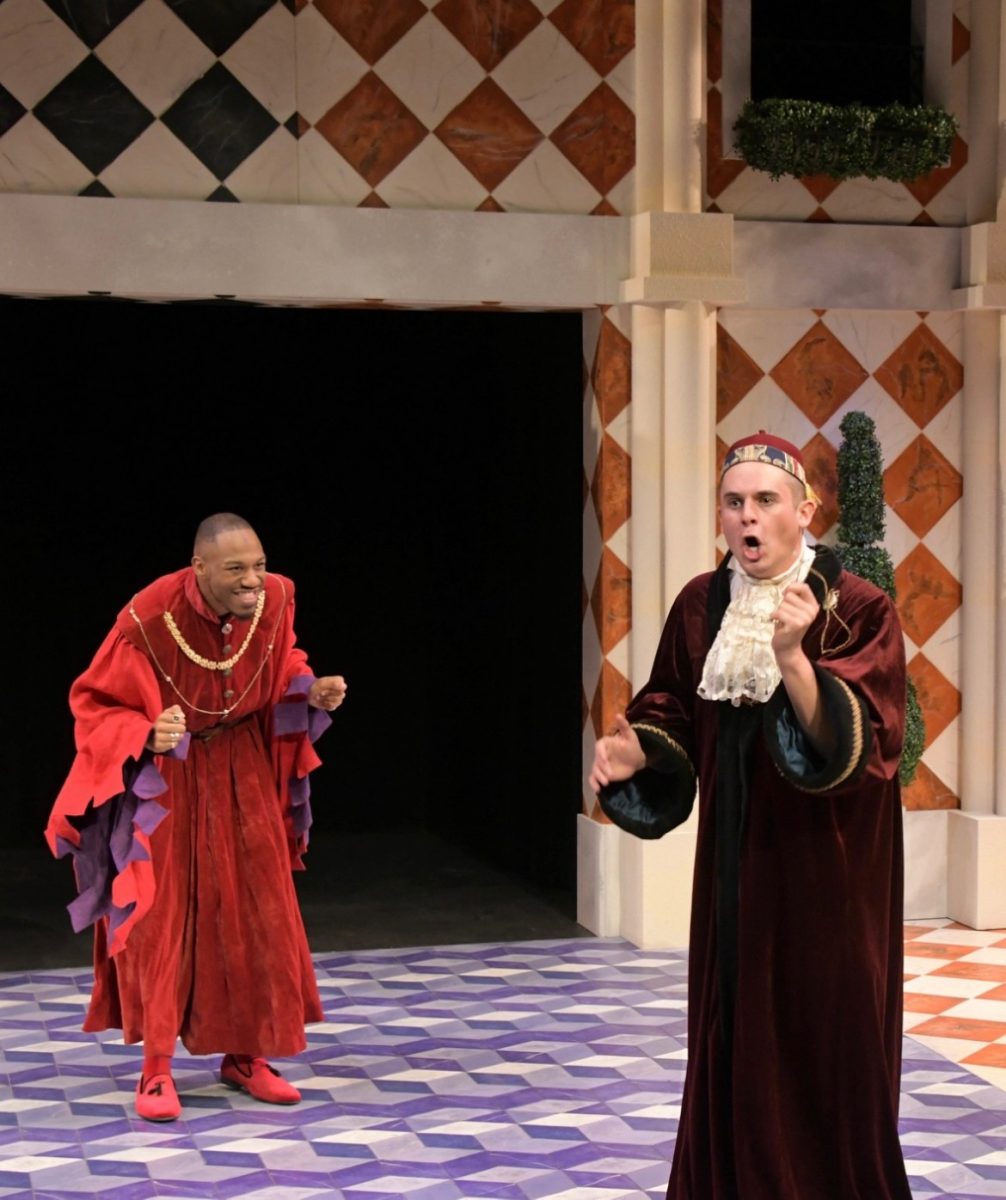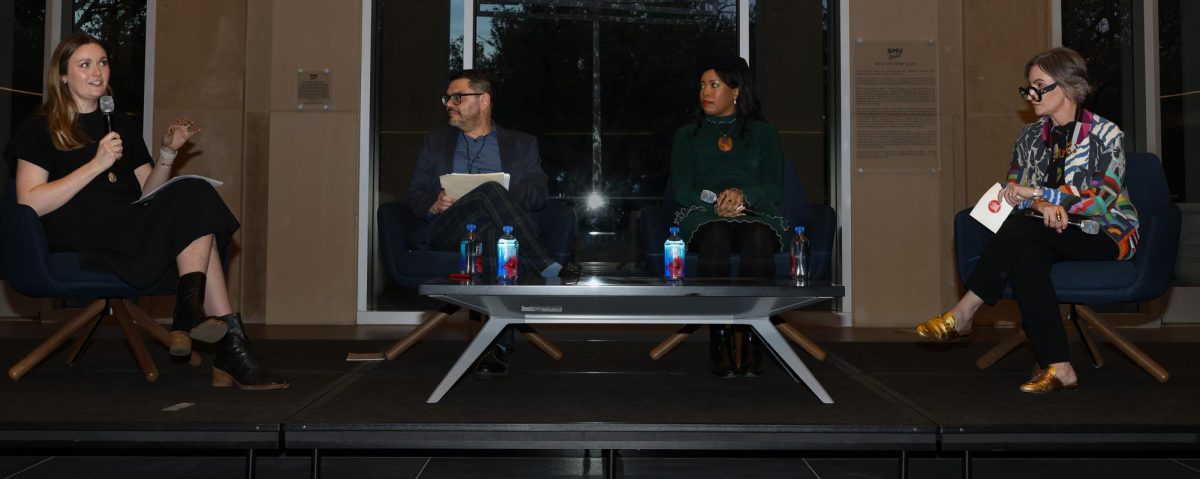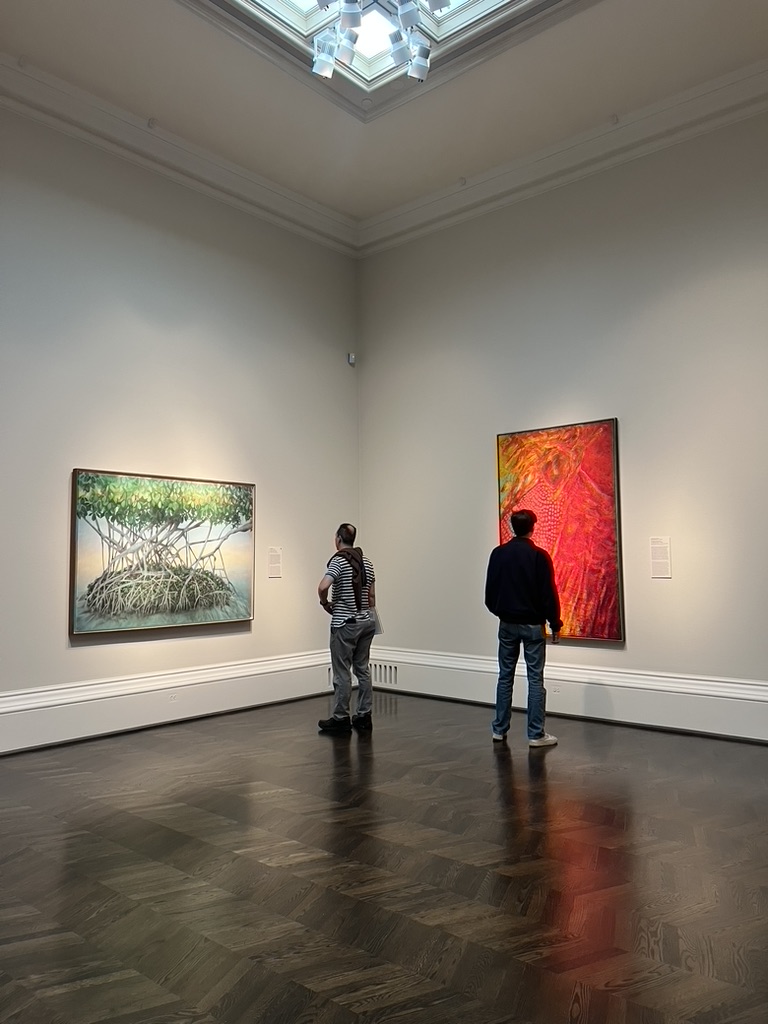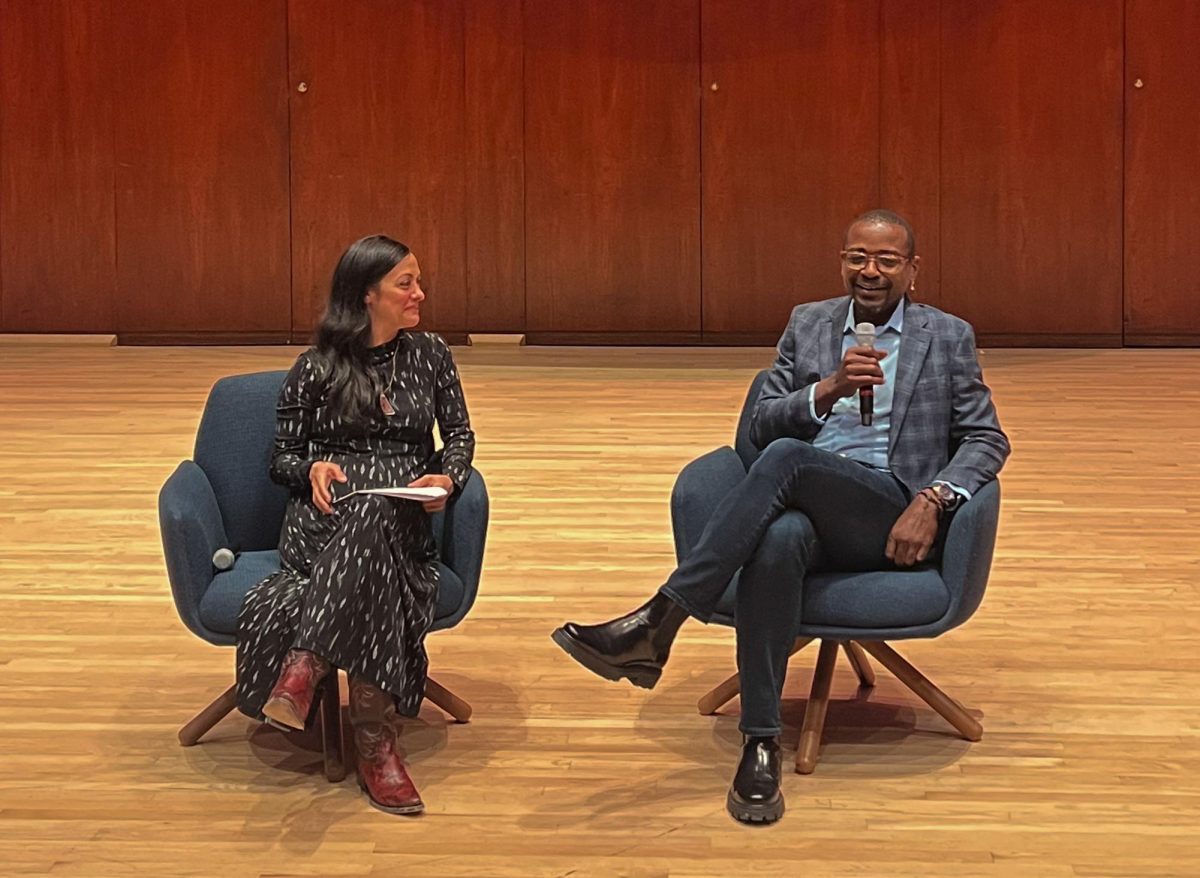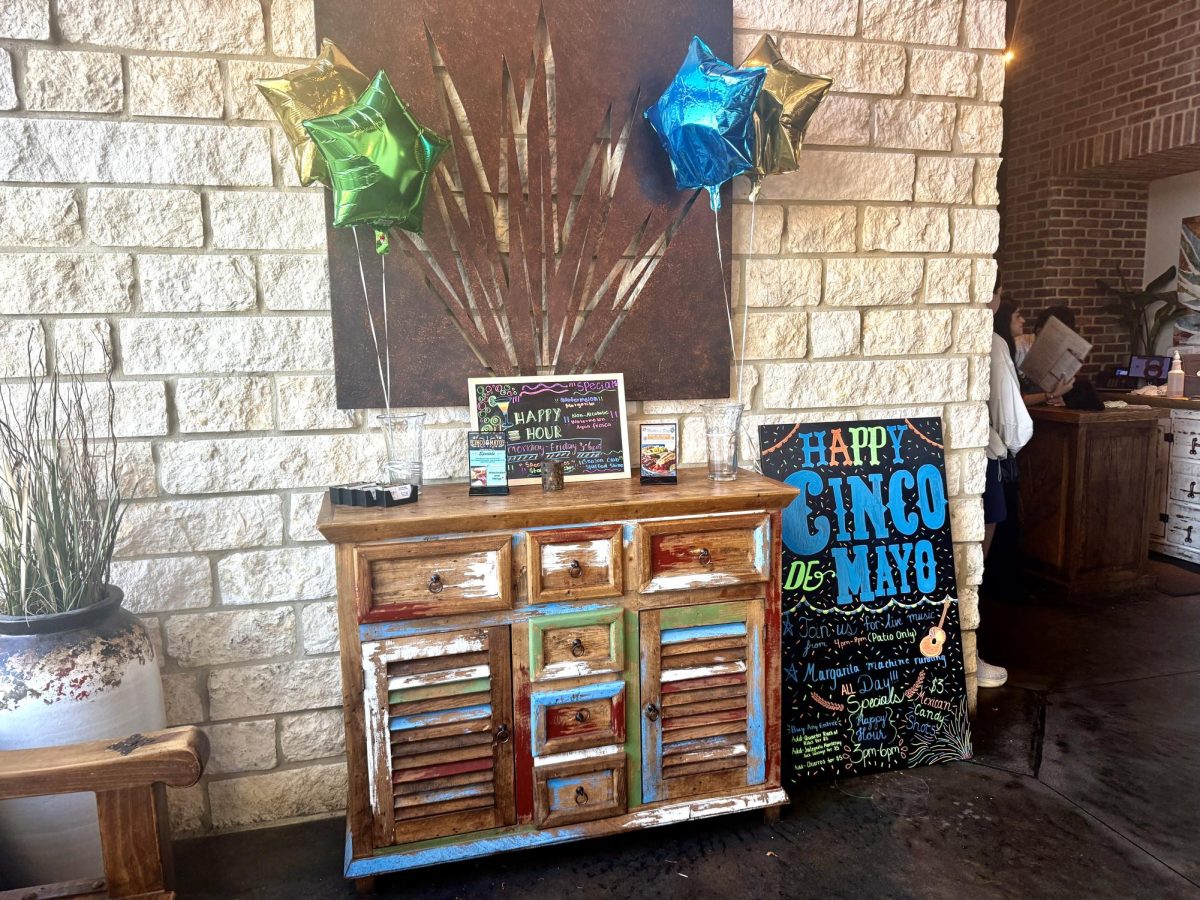Large elm trees shield a white plaster building from the public, allowing only those with a good eye to catch it as they walk by on the Katy Trail or drive by on Blackburn Street. Black grime from years of water damage covers the building.
The historic monument is slowly deteriorating and becoming one with the park surrounding her. What used to be shiny and new is now dull and dim.
The historic Kalita Humphreys Theater is the only freestanding theater that Frank Lloyd Wright built in his entire career, and it has fallen into disrepair. As the years go by, the glory days of the Kalita are long behind her.
Many Dallas locals have fond memories of performances held in the theater when they were children. As a child, Dallas-based architect Norman Alston can recall attending the holiday performance of “Peter Pan” at the Kalita, he said.
“I’ve watched and known the building long before I realized I was interested in architecture,” Alston said.
With cities’ architecture becoming increasingly modern, historic buildings such as the Kalita have begun to experience unforeseeable futures that can lead to demolition and disrepair. The Kalita needs an extreme makeover which consists of costly renovations. In a city like Dallas where it’s “out with the old, in with the new,” the Kalita’s future is in the hands of an elaborate and long-delayed masterplan. Efforts are being made by the Dallas Theater Center (DTC) and the City of Dallas to get citizens on board to care about this unique monument.
The Kalita dates back to Dallas’ efforts to bring Mid-century modern architecture to the city, said Kate Singleton, chief preservation planner for the City of Dallas’ Office of Historic Preservation.
“It exemplifies Dallas’ commitment to the arts in the Post-War era,” Singleton said. “This was a time in Dallas when there was an incredible amount of growth and development, and Dallas was becoming a ‘sophisticated’ city with buildings like this.”
Alston, who specializes in preserving and restoring historic buildings for modern use in the city of Dallas, witnessed the theater in its prime years in the 1970’s.
“It’s on a different tier of historic buildings surrounding us,” Alston said.
Situated at a junction connecting central Dallas neighborhoods, the Kalita Humphreys Theater was a hot spot for theatergoers long before Dallas mega-venues. Designed by Frank Lloyd Wright, an internationally recognized architect, the Kalita opened its doors to the public in 1959, creating a cultural hub for visitors to enjoy theatrical performances and the surrounding nature.
The Kalita was the first real effort that Dallas made to establish itself on a national and international stage during this time, Alston said.
“Every work that remains of his is important anywhere it’s located and we are lucky to have one here in Dallas,” Alston said.
There is currently a master plan set in place for the Kalita that will not only renovate the theater in its entirety, but welcome people to the park surrounding it.
Private donors of the DTC funded the construction of the Kalita during its early phases, said Jennifer Altabef, head of the steering committee for the Kalita’s master plan.
In 2007, the theater was recognized as a Historic City of Dallas Landmark. The theater was designed entirely by Wright, so any preservation or remodeling must resemble the original plans of the theater, Altabef said.
That goes for changing any minor details of the theater, from the paint on the walls, the carpet on the floor and the tiles in the bathroom. Due to the restrictions that come with maintaining the building, it has become costly for the city of Dallas to preserve the building.
Mark Lamster, architecture critic at the Dallas Morning News, said that despite being able to afford elaborate architecture projects, organizations such as the DTC are not trained in preserving work by an “idiosyncratic” architect such as Wright.
“This building was a very futuristic project and spoke to that ambition to always be innovative in the past, and so sometimes we forget to take care of the things that we have and appreciate their greatness,” Lamster said.
Not only does the current master plan consist of a fully renovated theater, but steps are being taken to create a campus community around the Kalita.
A multipurpose pavilion, café and restaurant, two smaller theaters, a Katy Trail terrace, and a rehearsal and education pavilion are set to be located on the grounds of the Kalita. The master plan is aimed toward connecting the Katy Trail to the theater with a public space for people passing through to enjoy.
The size of the master plan is also likely to be reduced, as currently, the total cost of the master plan is $300 million. That does not include the separate price to restore the Kalita to its 1959 state, which its historic designation requires, which is about $50 million, Altabef said.
“The idea was also to have some way to attract people into the park during the day so that we don’t have these issues of, lack of use, and what happens when there’s a vacant property during the day,” Altabef said.
The new master plan was submitted to the city of Dallas on Dec. 31, 2022. Now, the Kalita awaits votes and approvals from the citizens of Dallas to get the theater the help it desires.
In about five to seven years, the city of Dallas will hold a bond election which will then allow citizens to vote on whether the master plan will go into effect or not, Altabef said.
However, with other buildings in its possession, the city of Dallas can not put all its efforts into one singular building such as the Kalita, said Lamster.
As the days go by, the Kalita can still be found sitting by herself, tucked in Dean Park. Despite the Kalita’s current state, plays and musicals can still be watched. Theatergoers come to the Kalita to be connected and immersed in the productions, with an open stage plan that allows close proximity to the actors. The historic theater also allows theater lovers to step into a time machine of mid-century modern architecture.
“We need more people to be aware of it, to appreciate it, and to care about it,” Altabef said.



